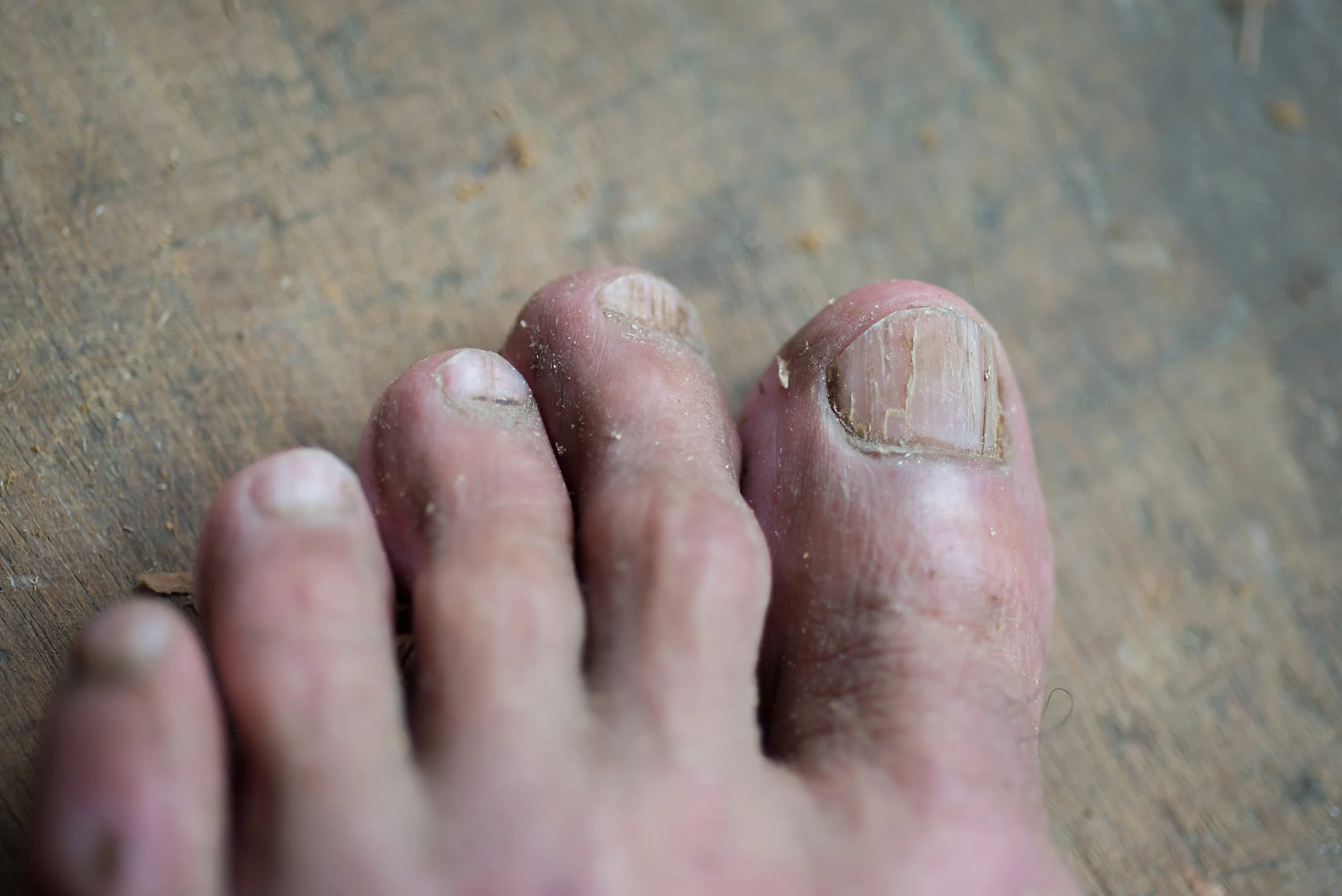Managing Cancer Treatment Side Effects on the Skin and Nails
Managing Cancer Treatment Side Effects on the Skin and Nails
While cancer treatment may cause skin and nail changes in patients, Dr. Singhal gives some tips on ways to fight back
Each specific type of cancer treatment being administered largely determines the side effects each cancer patient will have during and after chemotherapy treatment. Ordinarily, the side effects of chemotherapy discontinue after several weeks of months after treatment , however, persistent side effects, such as skin and nail changes may continue. Fortunately, there are ways to determine the specific types of skin and nail changes for each patient and ways to reduce or eliminate these side effects altogether. As a surgical oncologist and general surgeon, Dr. Shyamali Singhal has seen the effects cancer treatment can have on each patient’s skin and nails but to get a better understanding let’s take a look at what these side effects look like and how we can manage them properly.
Standard rashes are common but they don’t have to persist
Standard rashes are a prevalent side effect of chemotherapy, targeted therapy, immunotherapy, radiation therapy, and other such treatments. Cancer patients may experience a rash that looks like acne or measles. Other forms may include hives (raised, itchy, red blotches or wheals), Psoriasis (reddish patches covered with large dry silvery scales) or Purpura (characterized by bleeding under the skin or mucous membranes). This results in the appearance of purplish spots or patches). Dr. Shyamali Singhal recommends using Broad Spectrum SPF 30, the perfect combination of sun protection, soothing and anti-aging effects.
Dehydrated and drying skin
Dehydrated skin after cancer treatment can be characterized by mild scaling, roughness, feeling of tightness, and possibly itching. With dry skin reactions, the skin cells at the lower layer of the epidermis (top layer of skin) are dry and flat, with very little or no moisture. Factors that contribute to dry skin reactions include dehydration, allergic reactions, extreme weather conditions or perfumed products. When a moisturizer is used on the surface of the skin, the product penetrates and restores moisture to the skin cells. Creams and lotions such as the PCA Skin Hydralux are effective ways of restoring moisture following dry skin reactions. Ointments are designed to be a barrier and stay on the surface of the skin for protection against harsh elements.
Extravasation or leaks
Chemotherapy extravasation is what happens during cancer treatment when liquid accidentally leaks onto the surrounding tissue. This can cause pain or burning, and if left untreated, an open wound may develop. If you have pain or burning when you are receiving chemotherapy, tell your health care team right away. They will likely stop the chemotherapy and treat the area around the infusion with topical or injected medications. Your health care team will also show you how to care for the area at home. Then, you will receive chemotherapy through another vein or by another method.
Hyperpigmentation and flushing
Darkening of the skin is another common symptom. This can occur as an overall darkening of the skin, or it can be localized. This may be connected to a phototoxic reaction where the areas exposed to light may have a golden-brown or slate-grey color change. Some drugs will cause changes in the nails, darkening of the tongue, gums, and over finger joints. Flushing may also develop. Temporary redness of the face and neck is caused by dilation of the blood capillaries. Flushing is due to a variety of causes such as certain chemotherapy drugs. Carcinoid tumors can also cause flushing as part of carcinoid syndrome. Other causes are alcohol and other drugs.
Nail changes
Differing nail changes may also occur in patients receiving treatment. Beau's lines (horizontal depressions of the nail plate), Mee's lines (white horizontal discoloration of the nail plate involving the entire nail width), Leukonychia (white horizontal discoloration involving partial nail width), Onycholysis (separation, splitting or loosening of a fingernail or toenail from its nail bed), and Onychodystrophy (malformation of the nail) are all common skin reactions to cancer treatment and are usually temporary and eventually resolved once the drug causing the change is stopped and the affected nails grow out which can take weeks or months. Antibiotics may be necessary to treat infections in the nail beds.
While appearance after cancer treatment is a recurring issue for cancer patients dealing with side-effects. Fortunately, there are certain treatment options available such as nail remedies like Polybalm, which is, “is the only natural nail remedy to be scientifically designed, prepared and evaluated in a major government-backed randomized controlled trial,” as well as moisturizers and lotions such as Alra Therapy Lotion that can be found in our Hope & Beauty product line.


